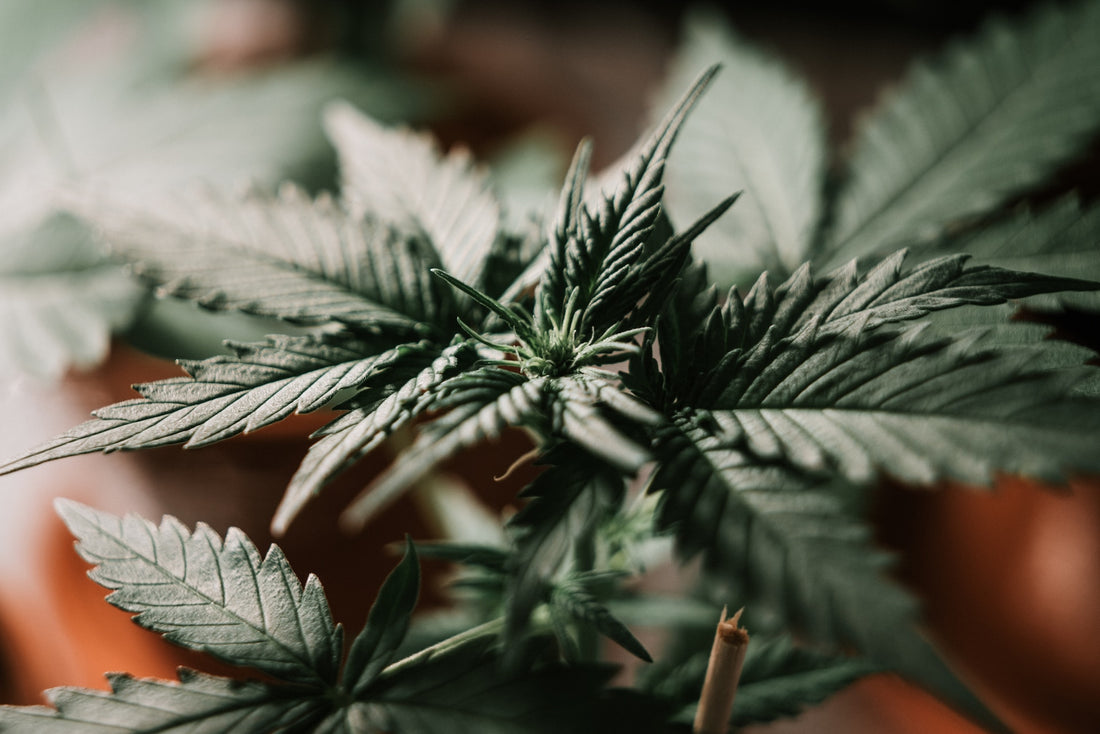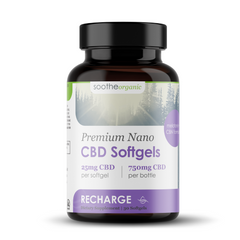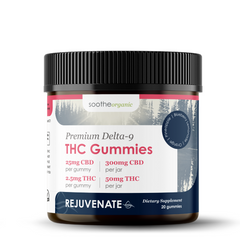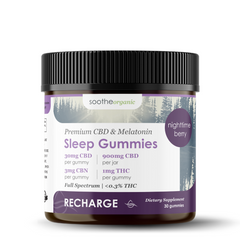Cannabidiol (CBD), a naturally occurring compound found in cannabis plants, has gained significant popularity in recent years due to its potential health benefits. As more people turn to this holistic option for wellness, it's essential to understand the rich history and origins of CBD, which span thousands of years.
In this in-depth and comprehensive overview, we will take a deep dive into the fascinating journey of CBD, from its ancient roots to its current status as a sought-after wellness product.
Key Takeaways
- The earliest recorded use of cannabis dates back to 2800 BCE in ancient China and played a vital role in Ayurvedic medicine in ancient India.
- The molecular structure of CBD remained unknown until 1963, when Israeli scientist Raphael Mechoulam determined its precise chemical structure.
- The late 1980s and early 1990s saw the discovery of the endocannabinoid system (ECS), which helped researchers understand how CBD interacts with the human body and its potential therapeutic effects.
- The legal status of CBD has evolved significantly over time, with the 2018 Farm Bill legalizing hemp-derived CBD at the federal level in the US, provided it contains no more than 0.3% THC.
- Globally, the legal status of CBD varies from country to country, with some adopting similar regulations as the US and others maintaining strict prohibitions or fully legalizing cannabis.
Ancient Use of Cannabis
Cannabis, the plant family from which both marijuana and hemp are derived, has a long and storied history dating back thousands of years. The earliest recorded use of cannabis dates back to 2,800 BCE in ancient China, where it was primarily employed for its fibers (to create textiles) and seeds (as a food source).
However, evidence suggests that the psychoactive properties of the plant were also recognized by the ancient Chinese, who used it for various medicinal and spiritual purposes.
In ancient India, cannabis was similarly revered for its therapeutic properties and played a vital role in Ayurvedic medicine – a holistic healing system that originated more than 3,000 years ago.
The plant was believed to alleviate a wide range of ailments, including anxiety, pain, and digestive issues. Additionally, cannabis was often used as an ingredient in religious rituals, with Hindu texts referring to it as a "sacred grass."
As time progressed, the use of cannabis spread throughout the world, with records indicating its presence in ancient Egypt, Greece, Rome, and even among Viking populations. While these civilizations primarily utilized the plant for its fibers (to create textiles and ropes) and seeds (as a food source), they also acknowledged its psychoactive effects and occasionally employed it for medicinal purposes.
Discovery of Cannabinoids and Isolation of CBD
It wasn't until the 20th century that scientists began to understand the chemistry behind the cannabis plant and how it interacts with the human body. In 1940, American chemist Roger Adams successfully isolated the first cannabinoid – cannabidiol (CBD).
This groundbreaking discovery was followed by the isolation of tetrahydrocannabinol (THC), the primary psychoactive compound in cannabis, a few years later by Dr. Alexander Todd.
Despite Adams' pioneering work, the molecular structure of CBD remained unknown until 1963, when Israeli scientist Raphael Mechoulam and his team determined its precise chemical structure. The discovery of CBD's structure allowed scientists to further study its potential therapeutic effects and understand how it interacts with the human body on a molecular level.
The Endocannabinoid System and CBD's Therapeutic Potential
In the late 1980s and early 1990s, researchers made another critical discovery that would shape our understanding of cannabinoids like CBD: the endocannabinoid system (ECS). This complex cell-signaling system plays a vital role in regulating various physiological processes, including mood, pain sensation, appetite, and sleep.
The ECS is composed of three main components: endocannabinoids (naturally occurring compounds similar to cannabinoids found in cannabis), receptors (CB1 and CB2), and enzymes that break down endocannabinoids.

The identification of the ECS shed light on how cannabinoids like CBD interact with the human body. It was discovered that CBD has a low affinity for CB1 and CB2 receptors, which explains why it does not produce the psychoactive effects associated with THC.
Instead, CBD is believed to modulate the activity of these receptors indirectly, resulting in its potential therapeutic effects.
As research into the ECS and CBD progressed, numerous studies began to reveal the compound's potential health benefits. While more extensive research is still needed, preliminary evidence suggests that CBD may help alleviate symptoms of anxiety, depression, inflammation, pain, and seizures, among other conditions.
Studies have also shown the potential neuroprotective effects of CBD, indicating its potential use for neurodegenerative diseases such as Parkinson's and Alzheimer's.
Legal History and Current Status of CBD
The legal status of CBD has evolved significantly over time. In the United States, cannabis was widely used for medicinal purposes in the 19th and early 20th centuries. However, in 1937, the Marihuana Tax Act placed strict regulations on the sale and possession of cannabis, effectively making it illegal.
This legislation, along with the subsequent Controlled Substances Act of 1970, which classified cannabis as a Schedule I drug, greatly hindered research into CBD and its potential benefits.

The landscape began to shift in the late 20th and early 21st centuries, with growing recognition of the potential therapeutic effects of cannabis and its constituents.
In 1996, California became the first US state to legalize medical cannabis, paving the way for other states to follow suit. More recently, the 2018 Farm Bill legalized hemp-derived CBD at the federal level, provided it contains no more than 0.3% THC. This landmark legislation has allowed for greater access to and research on CBD products.
Globally, the legal status of CBD varies from country to country. Many nations have adopted similar regulations to those in the United States, allowing for hemp-derived CBD products with minimal THC content.
However, some countries maintain strict prohibitions on cannabis and its derivatives, while others have fully legalized cannabis for both medicinal and recreational use. In several European countries, CBD products are allowed as long as they contain less than 0.3 or 0.2% THC.
Conclusion
The history and origins of CBD stretch back thousands of years, with ancient civilizations recognizing the therapeutic potential of cannabis long before modern science could explain it. Recent discoveries, such as the isolation of CBD and the identification of the endocannabinoid system, have paved the way for a deeper understanding of this fascinating compound and its potential health benefits.
As legal restrictions ease and research continues, there is little doubt that our knowledge of CBD will continue to grow, offering new insights into its potential applications and solidifying its place in the world of wellness. With ongoing clinical trials and increased public interest in CBD, we can expect a bright future for this ancient plant-derived compound.
Furthermore, as scientists continue to explore the ECS and the potential therapeutic effects of CBD, a more complete understanding of its mechanisms of action may be revealed, potentially leading to novel treatments for various conditions. It is crucial to support further research in this area to unlock the full potential of CBD and other cannabinoids.
In conclusion, the history and origins of CBD are both complex and intriguing. From its early use in ancient civilizations to its current status as a prominent wellness product, CBD has undoubtedly come a long way. As our understanding of this natural compound expands, we can look forward to even more exciting developments in the world of CBD and cannabinoid research.
best cbd oil for pain broad spectrum cbd full spectrum cbd sleep gummies cbd softgels organic cbd salve delta 9 gummies best delta 9 gummies thcv gummies cbd gummies for anxiety full spectrum vs broad spectrum cbd cbd for better sleep is cbd legal in wyoming best cbd casper cbd gummies casper thcv gummies casper cbd tinctures wyoming delta 9 gummies wyoming best cbd softgels Wyoming







